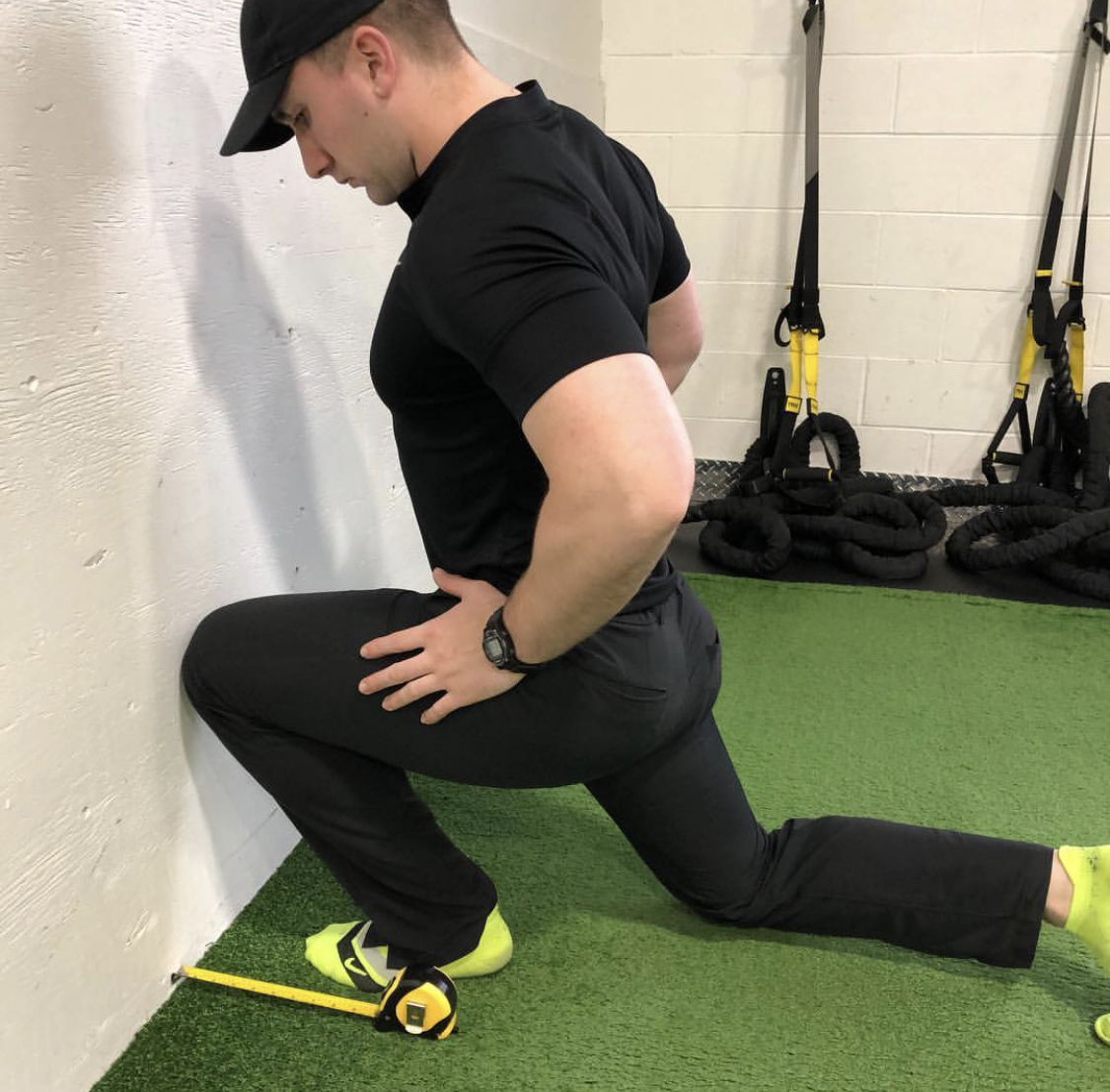Are You Safe to Squat? Try This Simple Ankle Mobility Test!
Mark Rippetoe made clear that there is simply no other exercise, and certainly no machine that produces essential benefit to our overall physical improvement as does the squat.
Consider:
· the level of central nervous system activity
· improved balance and coordination
· skeletal loading and bone density enhancement
· muscular stimulation and growth
· connective tissue stress and strength
· psychological demand and toughness
· overall systemic conditioning
The correctly performed full squat is an essential requirement in the planning and regimen of our time spent getting stronger in the gym!
The squat is one of the seven, primal movements and in the opinion of many strength and conditioning coaches it is also the NUMBER ONE of the seven, playing an essential role in overall strength and conditioning gains.
There are overwhelming numbers of squat variations available for trainees to employ in their regular workout regimen. It is inevitable that at some point in time, loading your squats in some capacity, will prove to be a necessity. This will allow for continued progress whether your goal is muscle development and aesthetics, physical strength, or the progressive improvement of your bone density. Recognizing that loaded squats are in your future (or already a current training reality for you) further emphasizes the absolute necessity to ensure and prioritize that your squats are performed optimally to mitigate risk of injury!
Although there are a multitude of factors that can contribute to poor squat mechanics, today we’re going to focus on one of the most common which is poor mobility in the ankle joint.
Consider your own loaded squats during your training sessions. Regardless of whether you perform goblet squats, barbell back squats, front squats or another loaded variation entirely, pay attention to a few consistencies as possible warning signs that you are not squatting optimally.
· Do your feet flare out dramatically even when you fight with all your might to keep them pointing relatively straight?
· Do you find that your knees regularly cave inwards?
· Do you find your heels raising off the floor once you reach a certain depth in your squats?
· Do you struggle to maintain a relatively upright torso at the bottom of the squat?
It’s extremely common for the above signs to be expressed when mobility is lacking through the ankle!
A simple way that you can check for yourself whether or not you have adequate ankle mobility is to employ this simple test!
The Half Kneeling Dorsiflexion Test -
1. Find a wall and assume a half-kneeling position facing it.
2. Ensure that the big toe of your lead foot is 5 inches from the wall.
3. Attempt to touch your lead knee to the wall without the heel of that foot losing contact with the floor.
If you (1) can’t touch your knee to the wall from this distance (2) your heel leaves the ground (3) your knee collapses inwards or (4) you experience pain throughout the attempt, then there’s a strong chance that you don’t have adequate mobility in your ankle to squat optimally!
By reviewing the simple “pass / fail” checklist included below with the half-kneeling dorsiflexion test, you will attain a general idea of your current level of mobility.
If you can touch your knee to the wall at a distance of 5 inches while maintaining a flat heel and your knee remaining in line with your foot, you show adequate ankle mobility for the squat.
If you checked off any “fails” in the right-hand column, there is a strong chance that you have a dorsiflexion mobility restriction that is inhibiting your ability to squat optimally.
This lack of restriction could be a byproduct of either poor joint mobility or soft tissue restriction. Next week we’ll review the difference between these two possible factors contributing to your squat mechanics. From there, we will investigate a few simple approaches to improve both!

